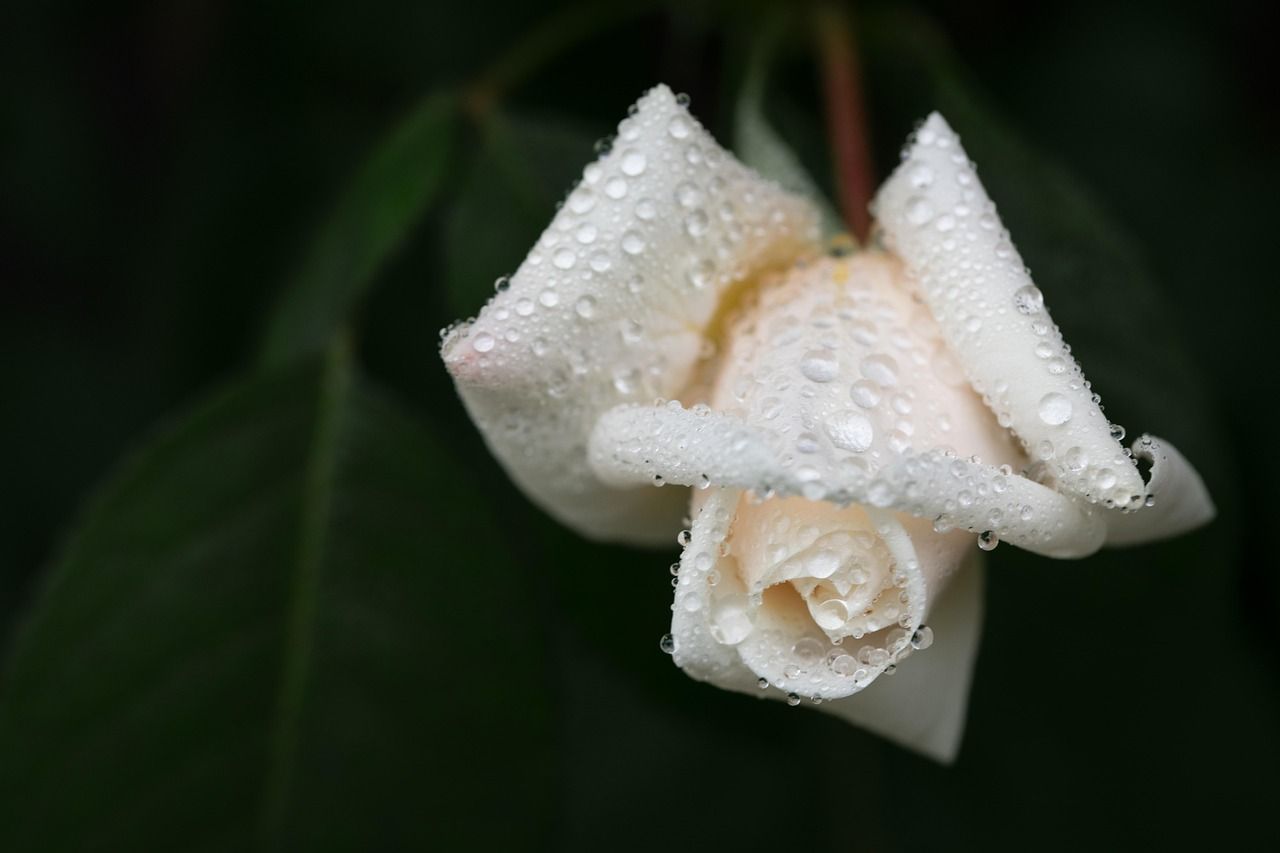Honoring a Loved One: Understanding Traditional and Cremation Services
Choosing a meaningful way to honor a loved one is a deeply personal decision. At Schertz Cibolo Memorial Planning Center, we recognize that each person’s life and legacy are unique, and that families wish to say goodbye in a way that respects their loved one’s values and beliefs. Often, this involves deciding between traditional funerals and cremation, each with its own ceremonies, customs, and options for personalization.
This guide offers an overview of both services to help you make a choice that feels right. We’ll discuss the elements of traditional funerals, the flexibility of cremation, and ways to personalize each service. Considerations like cost, environmental impact, and cultural influences are also covered to help you create a tribute that truly honors your loved one.
What Are Traditional Funeral Services?
A traditional funeral is a structured, time-honored way to remember and celebrate a loved one’s life. This type of service includes gatherings that offer family and friends a familiar, comforting setting to share memories and honor the individual’s legacy through established customs.
Key Components of a Traditional Funeral Service
Traditional funerals generally include three parts:
- Visitation (or Viewing): Held before the ceremony, this time allows loved ones to come together, view the body, and share memories in a calm setting.
- Funeral Ceremony: Often at a funeral home or place of worship, the ceremony includes readings, music, and eulogies that reflect the individual’s life and values.
- Graveside Service: At the burial site, family and friends gather for a final farewell, often including prayers or personal reflections.
Benefits of Choosing a Traditional Funeral
- Closure: The structured nature of traditional funerals can help provide closure, offering a guided farewell.
- Rituals and Customs: Many find comfort in familiar rituals, honoring the loved one’s legacy.
- Supportive Gathering: Traditional services bring loved ones together, creating a space for mutual support and shared memories.
- Lasting Tribute: Traditional funerals provide a meaningful way to celebrate a life, preserving the individual’s memory through personal remembrances.
An Overview of Cremation Services
Cremation services offer a flexible and popular alternative to traditional burial, allowing families to honor their loved one with personalized options for remembrance. Whether part of a traditional funeral or a standalone memorial, cremation provides both simplicity and a wide range of choices to create a meaningful tribute.
Understanding the Cremation Process
The cremation process is conducted with respect and care, ensuring the individual is honored throughout. Key steps include:
- Preparation: The body is prepared according to the family’s wishes, which may include dressing or placing the individual in a simple casket.
- Cremation: The body is placed in a cremation chamber, where heat reduces it to ashes in a respectful, professional setting. Licensed professionals oversee the process to maintain dignity and care.
- Returning the Ashes: The ashes, or “cremains,” are placed in a chosen container, such as an urn. Families may then hold a service or decide on a final resting place for the ashes.
Understanding these steps can provide families with peace of mind and clarity.
Personalization Options with Cremation Services
Cremation offers a variety of ways to personalize the farewell and reflect the individual’s personality and values:
- Memorial Services: Families may hold a service with the ashes present, offering a space for loved ones to gather in a meaningful location.
- Customized Urns and Keepsakes: Ashes can be stored in a unique urn or incorporated into keepsake jewelry, providing a personal reminder of the connection shared.
- Scattering Ceremonies: Families can scatter ashes in a cherished location, such as a favorite park or beach, for a symbolic and peaceful farewell.
- Memorial Markers: Ashes can be placed in a marker like a bench, plaque, or garden stone, creating a lasting place of remembrance.
These options allow families to choose a tribute that best honors their loved one’s life and legacy, providing comfort and connection through a meaningful farewell.
Comparing Traditional and Cremation Services
Deciding between a traditional funeral and cremation is a deeply personal choice influenced by family traditions, cultural beliefs, and the wishes of the deceased. Both options provide meaningful ways to honor a loved one but differ in ceremony structure, personalization opportunities, and other considerations. Understanding these differences can help people make an informed decision that aligns with their values.
Differences in Ceremony Structure
The structure of ceremonies for traditional funerals and cremation varies, offering unique ways to remember a loved one.
- Traditional Funeral Services: Traditional funerals generally include a sequence of events like a visitation, formal ceremony, and graveside service. This structured format provides family and friends a familiar, comforting environment to gather, share memories, and find closure through established customs. Venues often include funeral homes, places of worship, or gravesites, lending a sense of ritual to the farewell.
- Cremation Services: Cremation offers flexibility in ceremony structure, allowing families to hold a service before or after cremation. Families may choose to gather for a visitation or memorial with ashes present, or plan a ceremony at a later date in a meaningful location. Cremation ceremonies can also include unique elements, such as scattering ashes, which creates a more personalized, intimate setting for saying goodbye.
By understanding these structural differences, families can envision the type of gathering that best reflects their loved one’s wishes.
Considerations for Personal and Family Preferences
When choosing between traditional and cremation services, family preferences and personal values are important factors to consider.
- Cultural and Religious Beliefs: Cultural and religious values often guide the choice of service. Some faiths may prefer traditional burials, while others are open to cremation or have rituals that incorporate it. Discussing these beliefs within the family can help ensure that the choice respects cultural expectations and religious practices.
- Environmental Impact: Cremation is sometimes chosen for its smaller environmental footprint, reducing the need for land and resources involved in burial. For families or individuals who are environmentally conscious, this consideration may weigh in favor of cremation, particularly if a simpler or “green” farewell is preferred.
- Personalization and Legacy: The choice between traditional and cremation services also affects personalization possibilities. Traditional funerals provide structure and familiar rituals, which may offer comfort. However, cremation allows greater flexibility, enabling families to create unique memorials, such as scattering ceremonies or keepsake urns, and to choose settings that hold special meaning.
Taking these factors into account helps ensure that the chosen service honors the loved one’s personality and values, creating a tribute that brings comfort and significance to family and friends.
Personalizing the Service: Honoring Individuality
Personalizing a funeral or memorial service helps celebrate the unique qualities and interests that defined a loved one’s life. Whether through a traditional funeral or a cremation service, meaningful touches transform the event into a heartfelt tribute. Customization reflects individuality, allowing attendees to connect with memories of their loved one and find comfort in a ceremony that feels authentic.
Ways to Add Personal Touches to Traditional Funerals
Traditional funerals offer several ways to honor the loved one’s life, personality, and passions:
- Customized Casket or Floral Arrangements: Families may choose to personalize the casket with colors, symbols, or designs that resonate with their loved one’s character. Favorite flowers, meaningful colors, or symbolic designs can add a comforting sense of closeness to the gathering.
- Meaningful Readings and Music: Selecting special songs, poems, or texts important to the individual adds a personal touch. A favorite song, hymn, or poem can evoke cherished memories, bringing guests closer to the spirit of the person being remembered.
- Memory Boards or Displays: Creating displays with photos, mementos, or personal items offers a tangible connection to their life. A favorite book, piece of jewelry, or collection can be set out for guests to view, providing a focal point for reflection and shared stories.
- Inviting Family and Friends to Share Memories: Inviting loved ones to speak or share stories makes the ceremony more inclusive, allowing everyone to participate in honoring the individual. Personal tributes add warmth and provide a comforting layer of remembrance.
These thoughtful additions can make a traditional service a truly personal and heartfelt tribute.
Unique Memorial Options with Cremation
Cremation allows for creative and meaningful ways to remember a loved one, from symbolic ceremonies to keepsakes:
- Scattering Ceremonies in Special Locations: Many families choose to scatter ashes in a place meaningful to the loved one, such as a favorite park, beach, or vacation spot. A scattering ceremony can be both intimate and symbolic, offering a peaceful way to honor their memory in a cherished setting.
- Keepsake Jewelry and Miniature Urns: Ashes can be transformed into keepsake jewelry, allowing family members to carry a small portion with them. Miniature urns, pendants, and bracelets create tangible, comforting connections to the person.
- Customized Urns and Memorial Art: Families can select urns that reflect the loved one’s personality, including engraved or colorful designs. Some families choose to transform ashes into memorial art, like blown glass or crafted sculptures, creating a lasting tribute to display at home.
- Memorial Services with Personal Elements: Cremation memorials can include personalized music, readings, and photo displays, similar to traditional funerals. These services can take place at any significant location, allowing for a tailored experience that honors the loved one’s legacy.
Incorporating these personal touches allows families to create a meaningful farewell, ensuring that the service reflects the loved one’s individuality and offers comfort through lasting memories.
Choosing the Right Funeral Home: What to Look For
Selecting a funeral home is essential for creating a meaningful tribute. A home with compassionate support, flexibility, and options ensures a respectful, comforting experience.
Compassionate Support A caring team provides gentle guidance, respects family wishes, and is available for support. This compassionate approach eases decision-making, honoring both the deceased and the family’s needs.
Flexible Options A flexible funeral home offers various services, like traditional funerals, cremations, and green burials, and allows personal touches. Accommodating unique requests—whether special rituals or outdoor ceremonies—ensures families can create a truly personal farewell.
FAQ Section: Common Questions About Traditional and Cremation Services
- What’s the main difference between a traditional funeral and cremation? A traditional funeral typically involves a burial, while cremation reduces the body to ashes.
- Can I have a memorial service after cremation? Yes, many families hold a memorial service with the ashes present after cremation.
- How much does a traditional funeral cost compared to cremation? Generally, cremation is less expensive than a traditional funeral with burial.
- Are there religious considerations for cremation? Yes, some religions have guidelines on cremation, so it’s best to consult with a spiritual advisor.
- What are unique ways to memorialize a loved one after cremation? Options include keepsake jewelry, scattering ceremonies, and personalized urns.
- Can I personalize a traditional funeral service? Absolutely, traditional funerals can include personal elements like music, readings, and themed decor.
- Does cremation offer eco-friendly options? Yes, eco-friendly options like biodegradable urns and natural scattering are available with cremation.
If you found this guide helpful, we invite you to explore more of our blogs for additional insights on honoring loved ones and navigating the planning process. For personalized guidance, please feel free to reach out to Schertz Cibolo Memorial Planning Center—we’re here to help every step of the way. And don’t forget to take a look at the range of services we offer, each designed to support families in creating a meaningful farewell.


